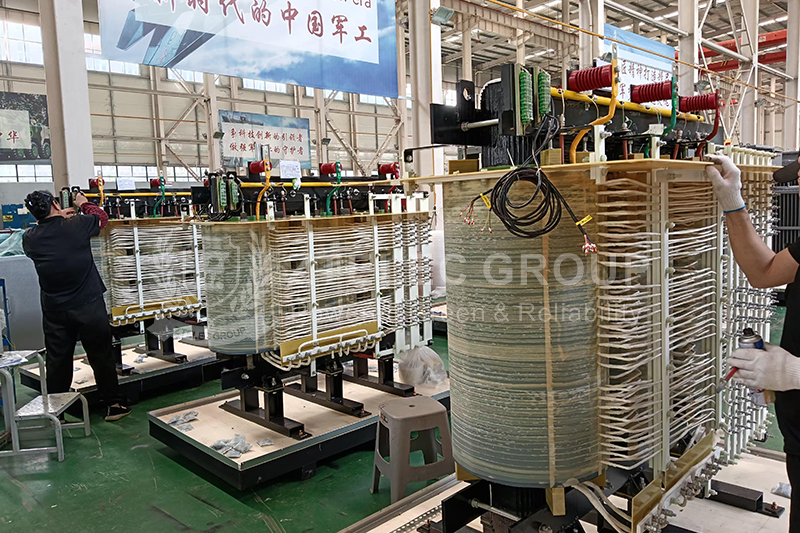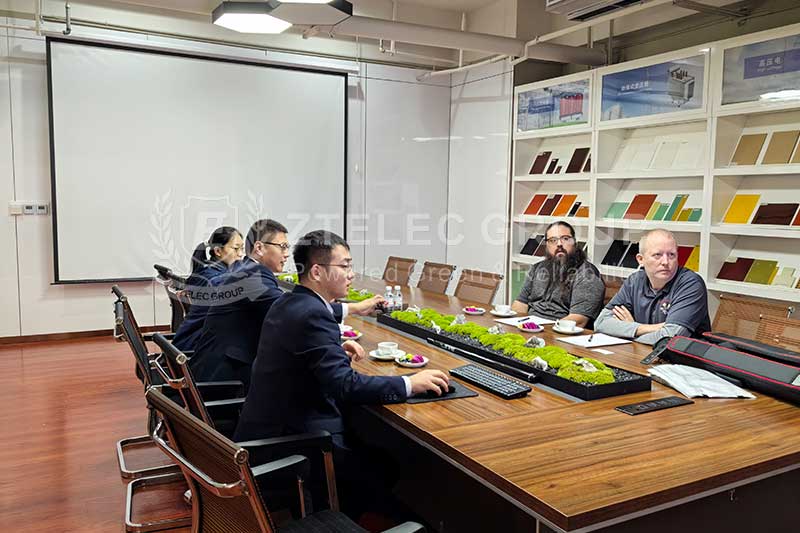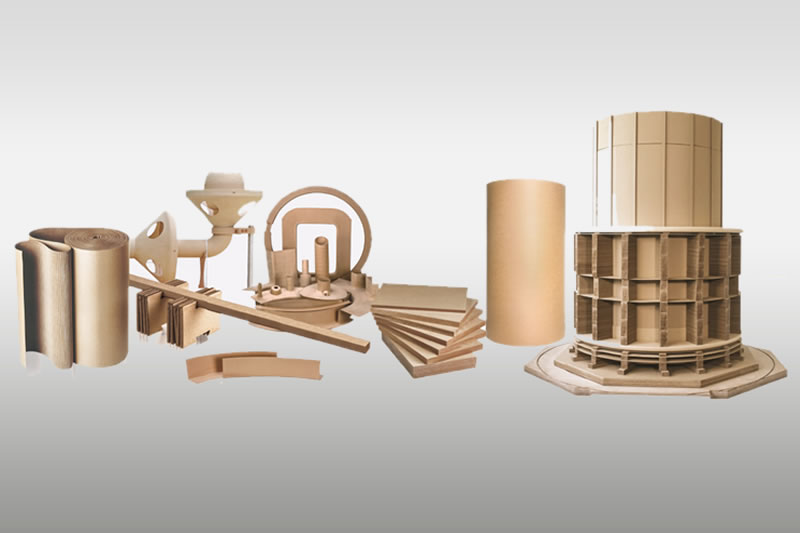What are the specific steps in the production process of copper foil core tube?
In the field of industrial manufacturing, copper foil composite core tubes are widely used in key industries such as electronics and aerospace due to their excellent strength, corrosion resistance and dimensional accuracy. The quality of its production process directly determines the performance of the product. So, what are the specific steps in the production process of FRP copper foil core tube? Next, we will explore this precise production process in depth.
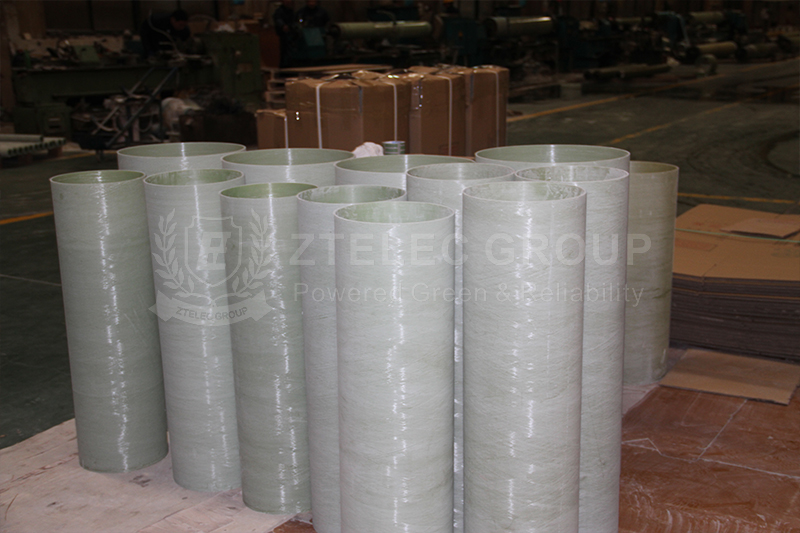
FRP copper foil core tube production process
Material preparation
The first task in producing copper foil core tubes is to carefully prepare the raw materials. High-quality glass fiber yarn or tape, as well as materials such as resin, are the key elements to create high-quality core tubes. Glass fiber, as a reinforcing material, builds strong strength and rigidity for the tube; resin, as a matrix material, firmly bonds and fixes the glass fiber, and the two complement each other.
To ensure the quality and performance of glass fiber, it needs to be pre-treated by cleaning, drying and cutting. At the same time, the resin, curing agent and filler are mixed in precise proportions to prepare a resin mixture. The choice of resin will greatly affect the performance of the pipeline and must be accurately selected based on specific usage requirements. For example, for copper foil core tubes used in high-temperature environments, resins with excellent high-temperature resistance must be selected.
Winding molding
After the materials are properly prepared, they enter the crucial winding molding stage. The glass fiber yarn or tape pre-impregnated with resin will be accurately wound on the core mold according to the pre-designed winding rules. The shape and size of the core mold determine the inner diameter and shape of the final FRP core tube.
In this process, it is very important to strictly control the fiber tension and winding angle. Reasonable fiber tension and winding angle can ensure that the layers of the FRP core tube are tightly bonded and the overall structure is uniform and stable, thereby improving the performance and service life of the product.
Curing treatment
After winding, the FRP core tube needs to be cured. It is placed in a heating device and heated and cured under specific temperature and pressure conditions. During the curing process, the glass fiber and the resin react chemically to form a strong chemical bond, which gives the tube excellent comprehensive performance.
The precise control of curing time and temperature directly affects the mechanical properties and corrosion resistance of the pipeline. If the curing temperature is too high or the time is too long, the resin may be over-cured, making the tube brittle; conversely, if the curing is insufficient, it will affect the strength and stability of the pipeline. Therefore, it is necessary to strictly follow the process requirements to ensure the accuracy of the curing process.
Quality inspection and subsequent processing
The cured core tube needs to go through a strict and meticulous quality inspection process. Multiple inspection items such as appearance inspection, dimension measurement, and pressure test are indispensable. Only after passing all inspections to ensure that the product quality meets relevant standards and customer requirements can it enter the subsequent processing link.
According to actual needs, the core tube will be cut into fixed lengths or customized, and finally packaged and shipped to customers for use. Every link is strictly controlled to ensure that the product received by customers is of reliable quality and excellent performance.
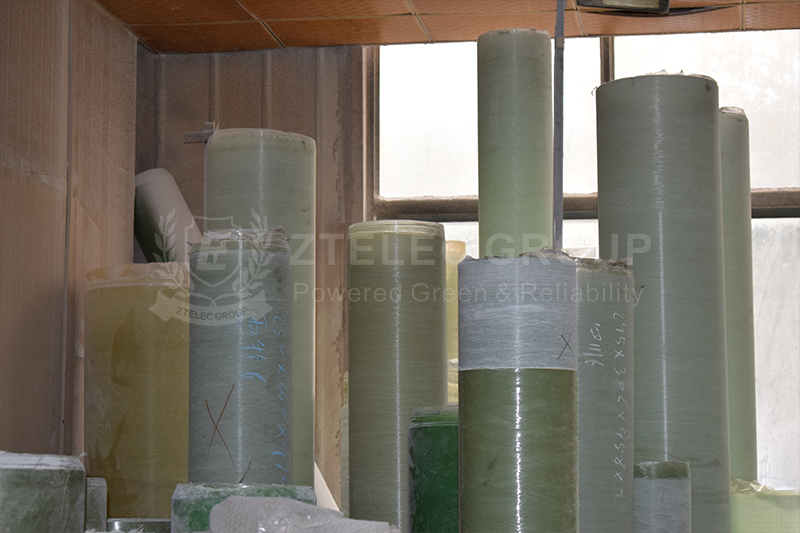
Key points of process control
In the production process of copper foil core tube, there are several key points of process control that cannot be ignored:
The winding angle must be maintained at an appropriate angle. Angles that are too large or too small will affect the winding quality, and then affect the performance of the pipeline.
The fiber length should be moderate. Appropriate fiber length can effectively improve the mechanical properties of the tube.
Tension control should be uniform. Uniform tension can ensure the uniformity of winding and ensure stable tube quality.
Process optimization direction
With the advancement of technology, the production process of FRP core tubes is moving towards automation and environmental protection:
Automated winding equipment: A six-axis robot is used to achieve precise fiber placement, the winding speed is increased to 15m/min, and the thickness deviation is ≤±5%;
Resin transfer molding (RTM) process: Injecting resin through a closed mold to reduce volatile organic compound (VOC) emissions, and the fiber volume content can reach 60%;
Nano modification technology: Adding nano SiO₂ (particle size 20-50nm) to the resin to improve the wear resistance (wear reduction by 40%) and heat resistance (heat deformation temperature increased by 20℃) of the tube.
The production process of copper foil core tubes is a process that integrates precision manufacturing and technological innovation. From raw material preparation to finished product delivery, every link embodies the wisdom and hard work of technicians. With the continuous optimization and innovation of the process, FRP copper foil core tubes will play an important role in more fields in the future and inject new vitality into industrial development.
- more+releated article
- 2026-01-04Common Power Transformer Faults: Causes, Solut
- 2025-12-312026 New Year Holiday Notice
- 2025-12-31Operation, Maintenance, and Service Life Manag
- 2025-12-30How to Select a 100 kVA–500 kVA Distribution
- 2025-12-29The Impact of NHN NMN Composite Insulation on
- 2025-12-26Practical Application of GPO-3 Insulation Boar
- 2025-12-2510kV Transformer Replacement Timeline: Install
- 2025-12-25Low Smoke EN45545 GPO3 UPGM203 Laminated Board
- 2025-12-24Merry Christmas — ZTelecgroup Christmas Cele
- 2025-12-24How to Select a Suitable 50kVA–500kVA Distri

